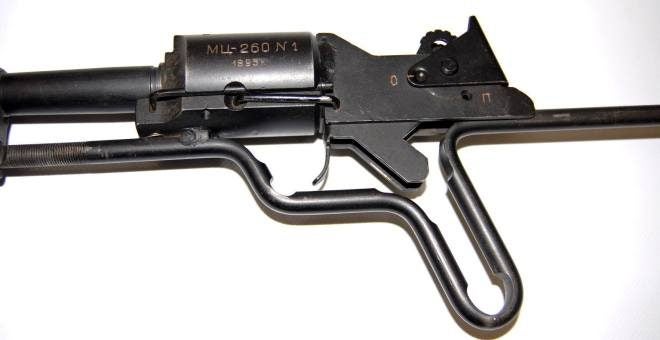What usually makes it difficult to write about rare and obscure firearms is the absence of any visual content (photos, videos etc.) of reasonable quality. If you write about any particular firearm or mechanism and have the description only or a couple of poor images that barely let to visualize the description text, it becomes not a too interesting read.
The reason for the scarcity of such content is usually that there are only a few (sometimes only one) samples of such firearms surviving which are most likely kept in museums or private collections. At best, these guns are displayed and you can take photos through the glass. At worst, they are collecting dust in the vaults and are doomed to be forgotten. In this context, web projects like Forgotten Weapons do an invaluable job by photographing and filming these pieces of history thus preserving the information about them.
Soviet/Russian arms designer German Korobov’s guns probably completely belong to that rare breed of unusual firearms. Recently I came across a set of decent resolution images on the social media pages of Russian Tula State Arms Museum which accompanied with other images available online allowed me to write this article.

Right click on the images and open them in a new tab of your browser to see them in full resolution
These images are depicting the MTs-260 (МЦ-260) shotgun, which was an attempt to make a cheap and easy to manufacture single shot shotgun that would be affordable for virtually anyone. This is one of Korobov’s later designs. It was designed in 1995. To meet the mentioned goal, the mechanism of this shotgun is simplified as much as possible which you can tell by very few parts and their rude appearance. In order to load it, one needs to remove the barrel, place a shell into the chamber and insert the barrel (with a chambered cartridge) back into the breechblock where it gets fixed in place by a spring-loaded latch.

Besides the simplicity, the designer also was tasked to make it a universal gun capable of being converted to most popular (at that time in Russia) gauges with only a barrel change. The simple mechanism allowed that perfectly. Barrels chambered in 12, 16, 20 and 28 gauges were made for it. The shotgun was also supposed to be equipped with three different length barrels becoming useful for many applications such as defense, hunting, camping, survival etc.
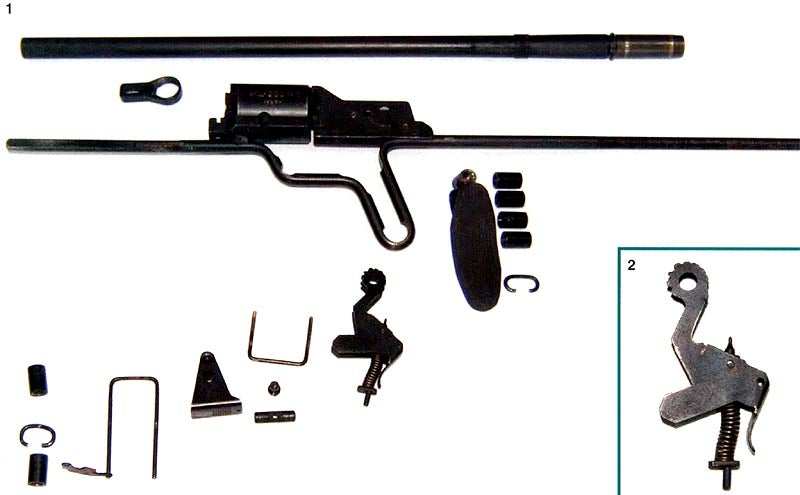
Korobov’s design of the stock/chassis was also made with the simplicity in mind. It was basically a bent steel bar which formed the stock base, pistol grip and trigger guard. The buttstock with a rubber buttpad was screwed onto the stock rod. The majority of other parts are apparently made of stamped sheet metal or bent steel rods.

Another version of the MTs-260 shotgun had a simple wooden furniture. Maybe that was a final attempt to make it attractive to potential customers.

The testing of this shotgun proved that the very slow and inconvenient mechanism of reloading was totally impractical. I think it wouldn’t be able to become extremely cheap too and couldn’t be anything that people would like to buy. Considering that at the same time there was a simple and reliable single shot break action shotgun in the Russian market (IZh-18), the MTs-260 would barely have any chances of becoming a popular firearm. The multi-caliber feature and multiple barrel lengths availability are perhaps not that important features to compensate the extremely slow and uncomfortable reloading process and odd appearance of this shotgun. Ultimately, the project was dropped and only a few samples survive in the museums.
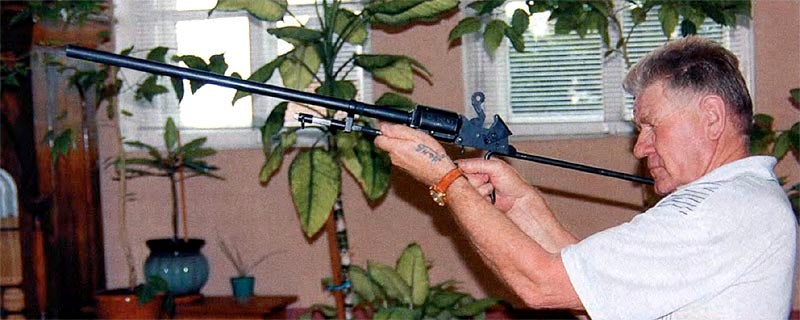
The overall look and design style of this shotgun make it similar to the Liberator pistol and shotgun concepts except this one was not designed to arm allies behind the enemy lines.
The design of this shotgun was most likely dictated by the requirements of the project. If not knowing the other Korobov designs, one could have a wrong conclusion that this man was simply not able to design it better. However, Korobov was one of the most advanced Soviet/Russian firearms designers with a unique out of the box thinking. He was kind of ahead of his time. The space-age nature of firearms designed by Korobov was probably the main reason why they were never adopted. It is hard to imagine the military and government officials (in the ’60s) who normally don’t quite like innovations and big changes, to consider a bullpup rifle with an uncommon mechanism and bakelite receiver for adoption even in small scales.
Korobov has always been experimenting with different mechanical design solutions, firearm layouts and materials. I will write about the most interesting and significant Korobov firearms in the near future. Meanwhile, here is a set of images of Korobov firearms to give you a general idea about this designer.
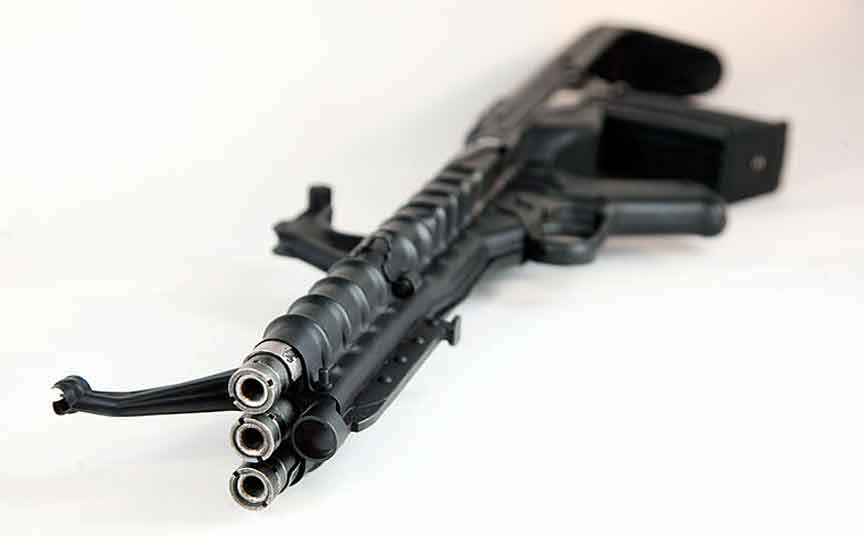
TKB-059 (Images by Zonwar.ru)

TKB-09
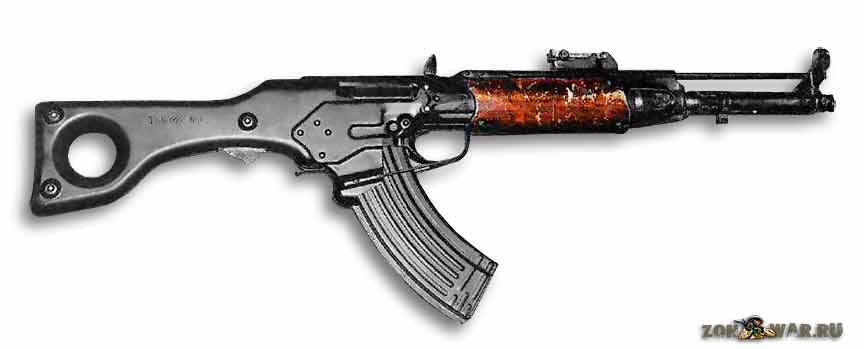
TKB-022
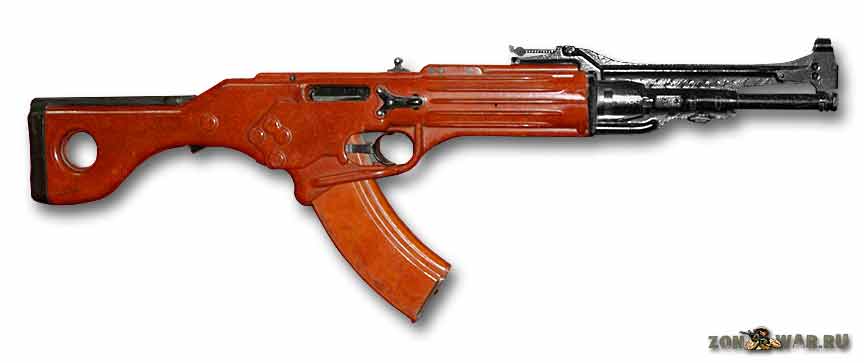
TKB-022P
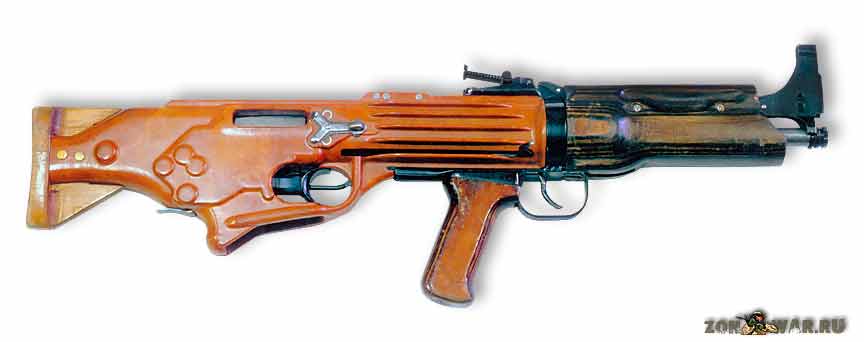
TKB-022P #2
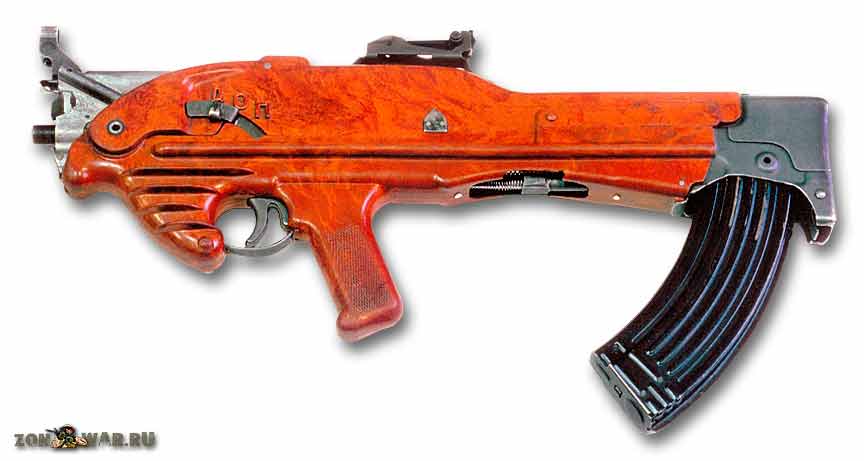
TKB-022PM
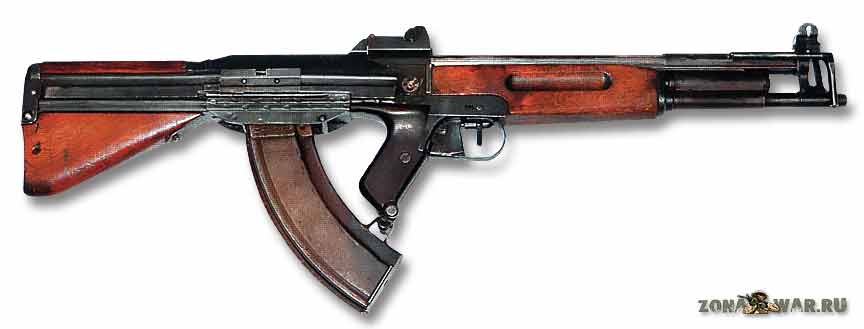
TKB-408

TKB-517
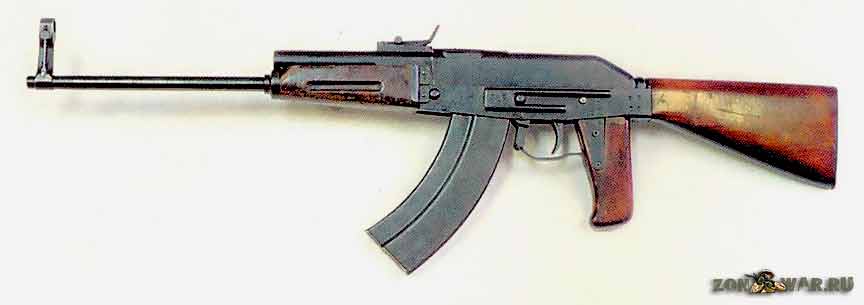
TKB-454-43

TKB-454 #14
Please let me know in the comments section would you rather like to read an in-depth article dedicated to any specific firearm from those shown above (if so then which one) or an article with general information about all the firearms of German Korobov?
 Your Privacy Choices
Your Privacy Choices
